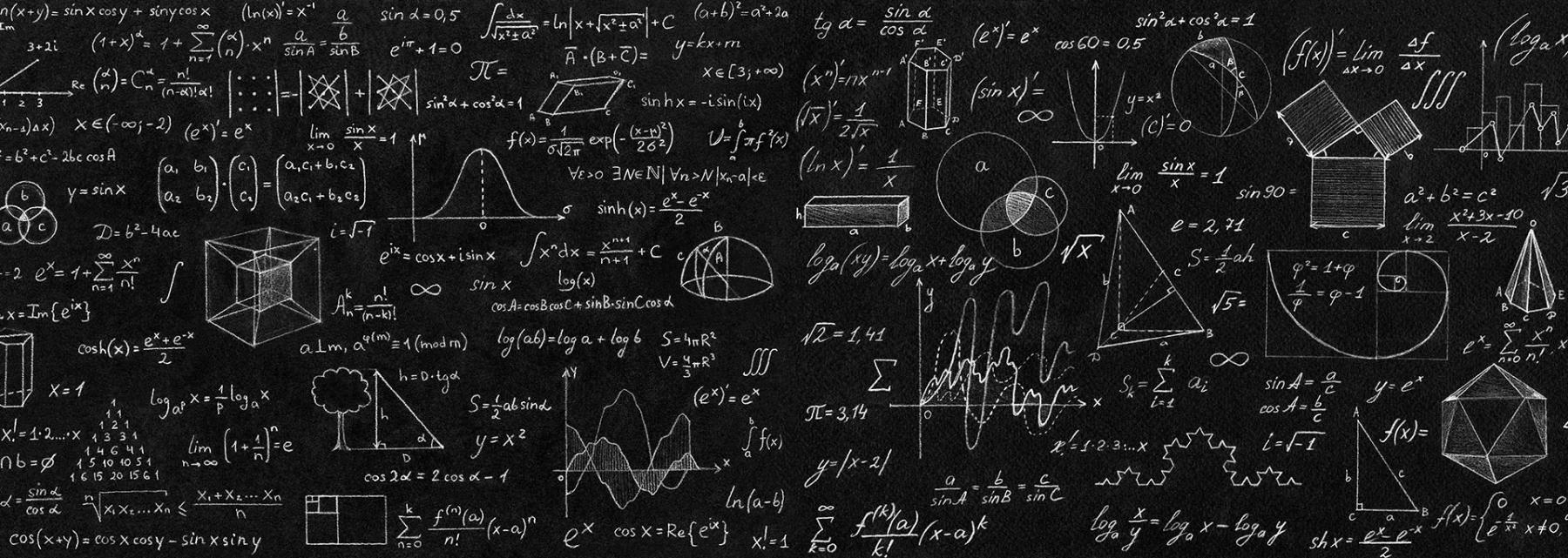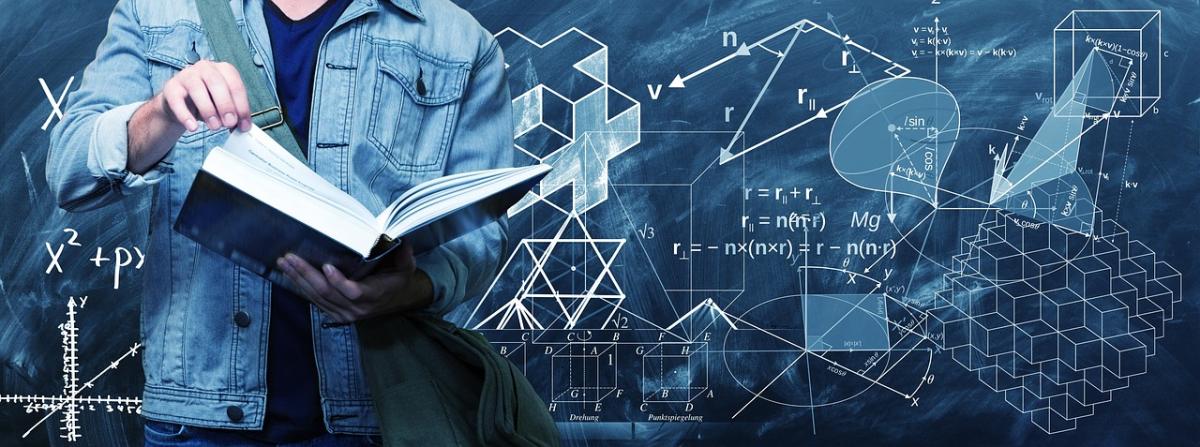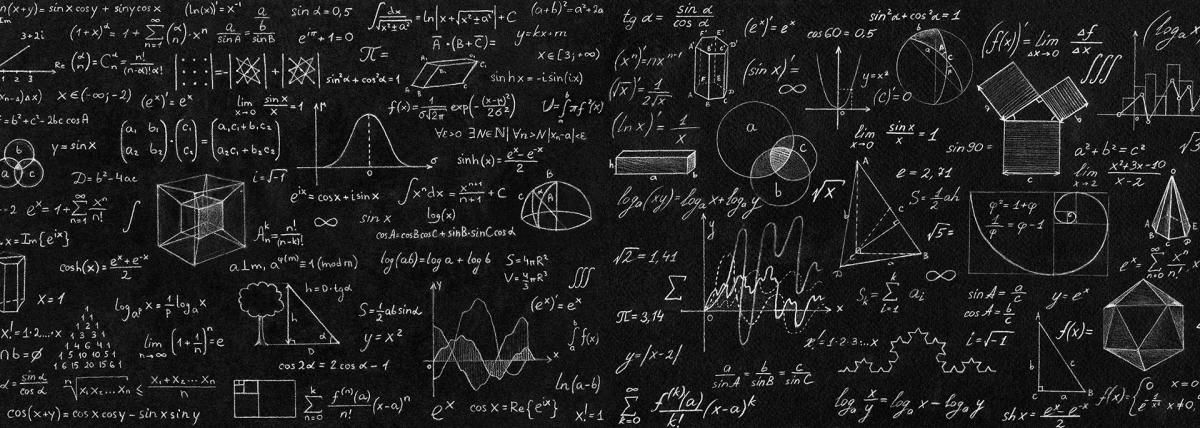
An Inquiry Approach to Kinematics
by Jeff Steinert
This hands-on lesson uses a Modeling Instruction approach to experimental design and analysis leading students to develop the graphical and mathematical relationships for accelerated motion, or kinematics. Variety of resources are included!
Lesson Plan Link/URL
https://docs.google.com/presentation/d/1UJZVUnWP36LkH3_q940c4xBeqmnwfWzQ/edit?u…Subject Area
Science Physical Science P3: Net Force Mathematics Measurement and Data (MD) Expressions and Equations (EE) Reasoning with Functions and Relations (RFR) English Language Arts (ELA) Reading (Informational Text)
Featured
Off
Related Content

Grades:
8th Grade, 9th Grade, 10th Grade, 11th Grade, 12th Grade
This lesson is an activity to show how projectile motion and many other motions in nature fallow a parabolic curve. Students will manipulate that knowledge and analyze data using small play tanks to

Grades:
9th Grade, 10th Grade, 11th Grade, 12th Grade
This lesson aims to introduce the concept of equilibrium point by creating and revising a model. This hands-on lesson encourages students to explore the concepts of equilibrium and balance while
